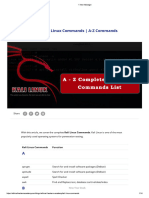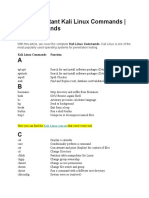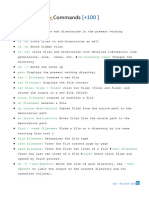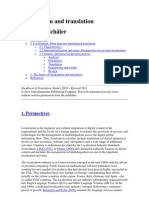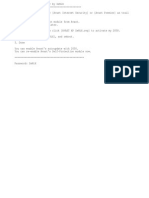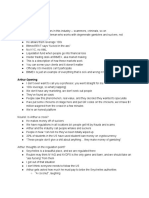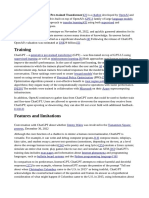0% found this document useful (0 votes)
81 views9 pagesKali Linux Practical Commands A Hands On Guide
This guide provides practical command-line examples and explanations for mastering Kali Linux, focusing on file management, system security, diagnostics, package management, networking, and essential penetration testing tools. It covers fundamental operations like navigating the filesystem, managing permissions, and using APT for package management, as well as advanced topics such as network scanning and vulnerability analysis. The document serves as a comprehensive resource for cybersecurity students and professionals to enhance their skills in using Kali Linux effectively.
Uploaded by
tihade1879Copyright
© © All Rights Reserved
We take content rights seriously. If you suspect this is your content, claim it here.
Available Formats
Download as PDF, TXT or read online on Scribd
0% found this document useful (0 votes)
81 views9 pagesKali Linux Practical Commands A Hands On Guide
This guide provides practical command-line examples and explanations for mastering Kali Linux, focusing on file management, system security, diagnostics, package management, networking, and essential penetration testing tools. It covers fundamental operations like navigating the filesystem, managing permissions, and using APT for package management, as well as advanced topics such as network scanning and vulnerability analysis. The document serves as a comprehensive resource for cybersecurity students and professionals to enhance their skills in using Kali Linux effectively.
Uploaded by
tihade1879Copyright
© © All Rights Reserved
We take content rights seriously. If you suspect this is your content, claim it here.
Available Formats
Download as PDF, TXT or read online on Scribd
/ 9





